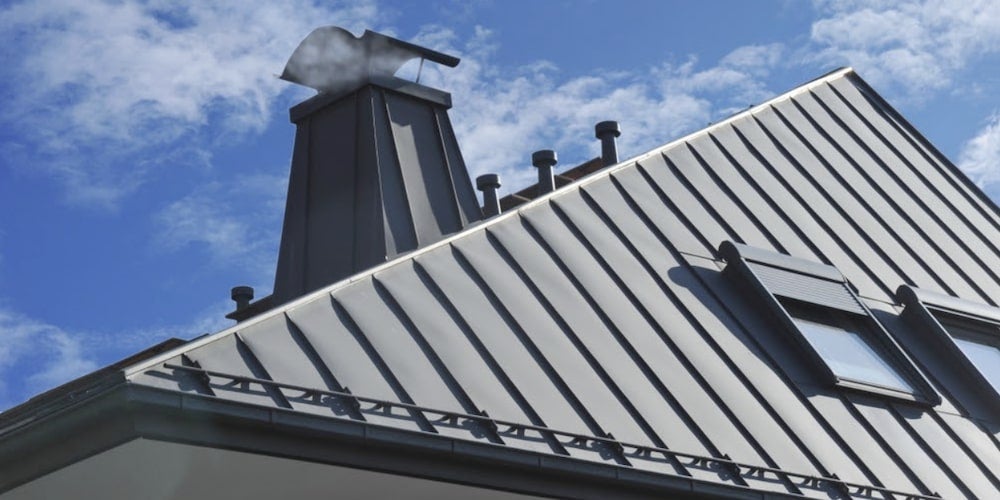
Johns Manville is an American corporation that produces roofing materials, insulation, and engineered goods. It is located in Denver, Colorado. The company also makes engineered flooring and other materials. The company offers a variety of products that will suit every need. Continue reading to learn more about the company, and how they can help the world. They are a great way to protect your home or workplace from harmful elements. Here are some of the most well-known products.
In the early 1920s, workers at Johns Manville began to develop asbestos-related diseases. The company's rapid expansion was stopped by the 1960s, when it became clear that asbestos-related health risks were well-known. The company's sales fell as a result. But, they continued to manufacture raw asbestos and distribute it for many decades until they finally closed their doors. The bankruptcy filing was filed by the company in 1982.

Workers began suing asbestos for their disabilities in the 1960s. Under a secret order, the company was able to settle out of court. In the 1970s, the Samac Laboratory in New York confirmed that asbestos was a cause of lung cancer. The company then tried to suppress the report and minimize any potential damages. The lawsuits went on for years, until the law suit against the company was settled. Eventually, the company changed its name to Johns Manville and reverted to its original name without the hyphen. Berkshire Hathaway purchased the company in 2001, and it is now a wholly owned subsidiary of Berkshire Hathaway.
Johns Manville, which was listed in 1870s, reported sales of more $45,500,000. Their profit of $45,000,000 in 1927 was impressive for a company selling asbestos-containing products. They produced many asbestos-containing products during this time. These included insulation, brake linings and corrugated paper. The company faced increased lawsuits from asbestos-exposure workers as it grew. In 1981, the corporation filed for bankruptcy.
In the same year, J-M faced thousands of lawsuits over asbestos. Some of these lawsuits were for compensation for causing asbestosis, while others were for a more general settlement. These lawsuits were the first of their kind in the world. In October 1981, they merged with Manville. This made Manville the largest corporation in the entire world. The legal fight was huge and reshook the foundations.

The company filed a plan of reorganization in November 1983. It divided the company into two entities and protected it against asbestos claims. The lawsuit was filed against two asbestos-related lung tumours and one pulmonary tumour. Due to asbestos' dangers, the lawsuits are significant. Although the companies deny that they caused the disease, this case has had a significant impact on the lives of many people. This is the first settlement involving an asbestos-related fatality.
FAQ
How long does it usually take to renovate your home?
It depends on the size of the project and the amount of time that you spend each day. The average homeowner spends between three to six hours per week on the project.
What are my considerations when purchasing a new house?
You need to ensure you have enough funds available to cover closing costs before you buy a home. You might consider refinancing your mortgage if you don't have enough money.
Do I need an architect or builder to help me?
It may be simpler to hire someone to help you renovate your home. An architect or builder is a good option if you plan to buy a new house.
Statistics
- ‘The potential added value of a loft conversion, which could create an extra bedroom and ensuite, could be as much as 20 per cent and 15 per cent for a garage conversion.' (realhomes.com)
- Design-builders may ask for a down payment of up to 25% or 33% of the job cost, says the NARI. (kiplinger.com)
- Rather, allot 10% to 15% for a contingency fund to pay for unexpected construction issues. (kiplinger.com)
- It is advisable, however, to have a contingency of 10–20 per cent to allow for the unexpected expenses that can arise when renovating older homes. (realhomes.com)
- On jumbo loans of more than $636,150, you'll be able to borrow up to 80% of the home's completed value. (kiplinger.com)
External Links
How To
How do I plan a whole-house remodel?
Planning a whole house remodel requires careful planning and research. There are many things you should consider before starting your project. First, you must decide what type of home improvement you want. There are many options available, including kitchen, bathroom and bedroom. Once you've chosen the category you want, you need to decide how much money to put towards your project. If you are new to working in homes, budget at least $5,000 for each room. If you have experience, you may be able to manage with less.
After you have determined how much money you have available, you can decide how big of a project you would like to undertake. For example, if you only have enough money for a small kitchen remodel, you won't be able to add a new flooring surface, install a new countertop, or even paint the walls. If you have the money to do a complete kitchen remodel, you will be able to handle almost anything.
Next, find a contractor that specializes in the project you are interested in. This will guarantee quality results, and it will save you time later. Once you have hired a contractor, gather materials and other supplies. You may need to purchase everything from scratch depending on the size and scope of your project. However, it is possible to find everything you need in a variety of shops that sell premade items.
Once you've gathered the supplies needed, it's now time to start planning. You will first need to sketch out an outline of the areas you plan to place appliances and furniture. The next step is to design the layout of the rooms. Make sure that you leave space for plumbing and electrical outlets. Make sure to position the most visited areas close to the front door. Visitors can also easily access them. You can finish your design by choosing colors and finishes. Avoid spending too much on your design by sticking to simple, neutral colors and designs.
Now it's time to build! Before you start any construction, be sure to check the local codes. Some cities require permits. Other cities allow homeowners without permits. Before you can begin construction, remove any walls and floors. Next, you'll need to lay plywood sheets in order to protect your new floors. Next, you will nail or screw together pieces wood to create the frame for your cabinets. Finally, attach doors to the frame.
When you're done, you'll still have a few finishing touches to do. You might want to cover exposed pipes or wires. Plastic sheeting and tape are used to cover exposed wires. You will also need to hang photos and mirrors. You should always keep your work area clean.
You'll have a functional home that looks amazing and is cost-effective if you follow these steps. Now that you have a basic understanding of how to plan a house remodel, it's time to get started.